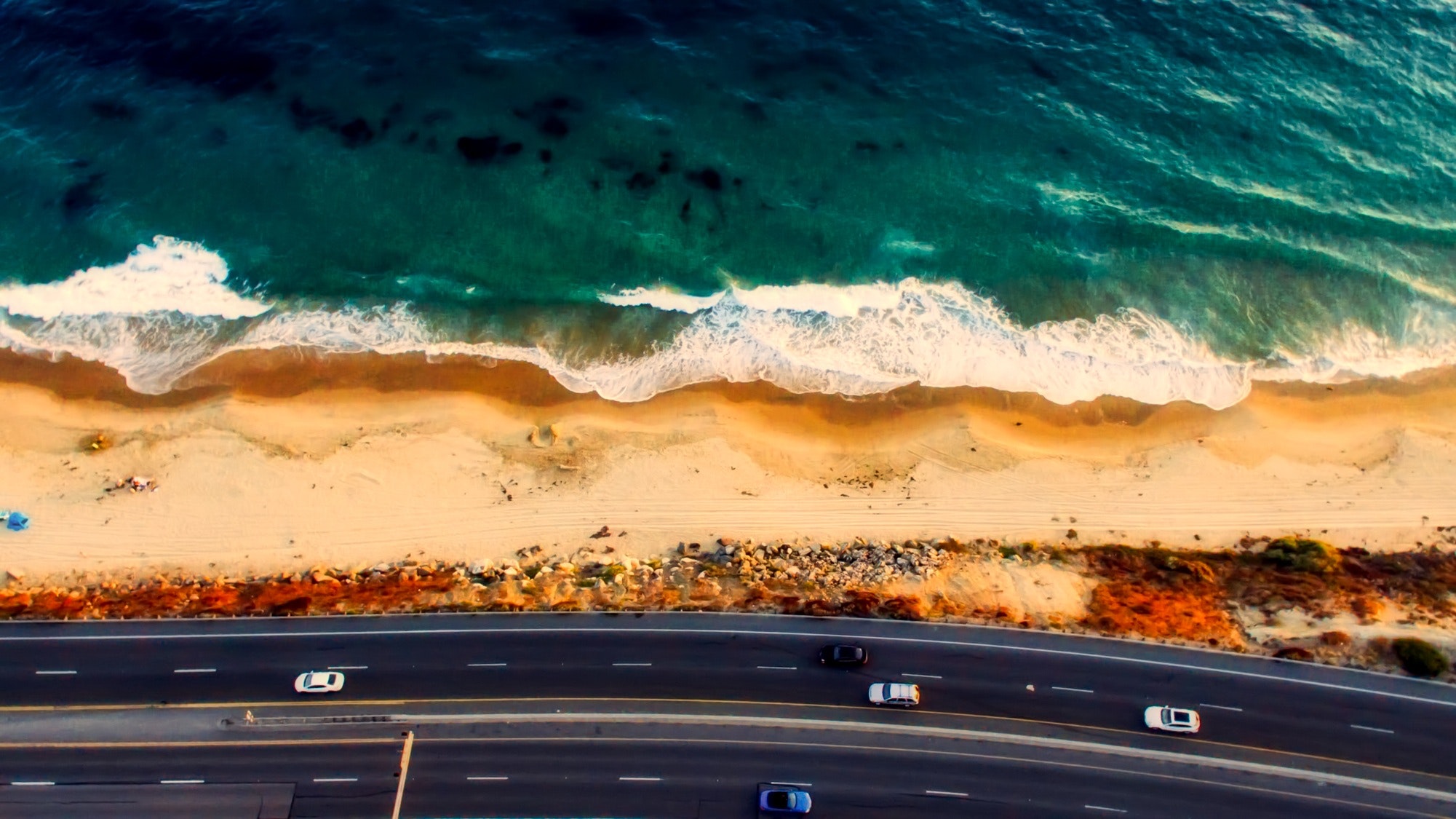- Home
- Science Introduction
- Wg
- Palsea
- PALSEA Scientific Goals
PALSEA scientific goals
The objectives for PALSEA for 2019-2022 are to constrain Quaternary/Pliocene sea-level changes and ice volumes, with the following aims:
- Build interdisciplinary networks of researchers to target critical research gaps around palaeo-records and physical processes (ice sheet and solid earth) of sea-level change.
- Provide well-constrained reconstructions of past sea level and ice sheets to better inform models of long-term past and future sea-level change.
- Connect with stakeholders, who are concerned with present and future sea-level change, to translate the results of past sea level reconstructions into actionable information.
- Develop and update datasets on ice and sea level proxies and results of earth and ice models, and make them available to the broader community through data-sharing platforms.

Outline of plans
To tackle many of the questions raised through PALSEA2 (see below), engaging with a wider community was critical going forward (for example coral specialists, solid earth experts, ice sheet modellers and scientists who work on future sea level projections). We therefore plan for the coming meetings to include research from beyond PALSEA’s typical scope, and welcome recommendations of scientists to invite.
The meeting program will follow this approximate outline:
- 21-23 July 2019: Trinity College, Dublin, Ireland (prior to the 20th INQUA Congress). This meeting will focus on refining proxy-based reconstructions of past sea level, and specifically inviting modern and paleoecologists to contribute to improving the interpretation(s) of proxy datasets, as well as a focus on open-access datasets.
- 15-16 September 2020: Online PALSEAExpress meeting.
- 2021: Lamont Doherty Earth Observatory, New York, USA. This meeting will focus on the physical processes that contribute to sea-level change, in particular those controlling ice sheets and the solid earth. We will look to invite modelling and observational scientists who work in these fields, in areas complementary to PALSEA.
- 2022: Earth Observatory of Singapore, Jurong West, Singapore. This meeting will focus on bringing together the PALSEA community with scientists working on models of present and future sea-level change, to work together to improve predictions of regional and global future sea-level change, informed by the past.
PALSEA2
The overarching goal of PALSEA2 (2013-2017) was to better understand ice-sheet and sea-level processes that led to sea-level change during past periods when ice volume was similar to that at present, and hence societally relevant, by addressing the following objectives:
1. Document and synthesize data on rates, patterns, and budgets of sea-level variability during Quaternary/Pliocene warm periods and assess the ability of numerical and semi-empirical models to simulate these observations.
2. Estimate the sea-level/ice-sheet response time (and governing processes) to past "warm" climates and use this data-driven information to improve future sea-level rise projections; thus bridging the gap between paleo and historical observations and future predictions.